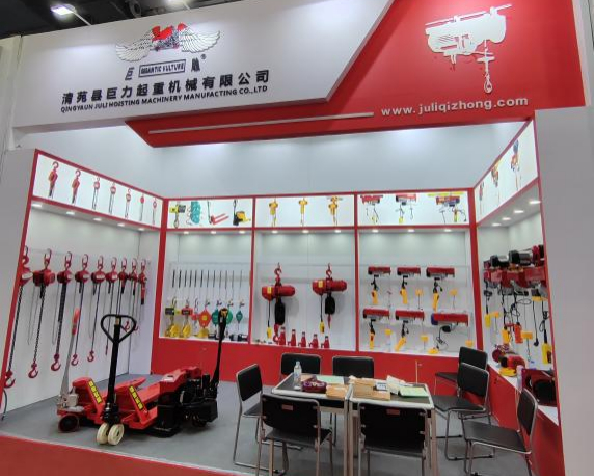


Understanding Rigging The Chain Block
Rigging is an essential aspect of various industries, including construction, shipping, and entertainment. One of the key tools used in rigging is the chain block, also known as a chain hoist. This mechanical device allows for the lifting and lowering of heavy loads with efficiency and safety. Understanding the function, components, and proper use of chain blocks is crucial for anyone involved in lifting operations.
What is a Chain Block?
A chain block is a type of hoisting equipment that uses a chain to lift heavy objects vertically. It consists of a housing that encloses a mechanical system of gears, hooks, and chains. The operator can pull on the chain, which engages the hoist mechanism and lifts the load. Chain blocks are typically rated by their lifting capacity, which can range from a few hundred kilograms to several tons, making them suitable for a variety of applications.
Components of a Chain Block
1. Housing The outer shell of the chain block that protects the internal mechanisms and supports the entire structure.
2. Chain This is the primary component used for lifting. The load chain is the part that holds the weight, while the hand chain is used by the operator to engage the lifting mechanism.
3. Hooks Chain blocks come equipped with hooks at both the top and bottom. The upper hook attaches to a fixed point, such as a beam or scaffold, while the lower hook connects to the load being lifted.

4. Gearing System This internal mechanical system multiplies the effort of the operator. When the hand chain is pulled, the gears turn and lift the load chain, allowing heavy weights to be raised with minimal effort.
5. Brake Mechanism Safety is paramount in lifting operations. The brake mechanism prevents the load from falling unexpectedly and is crucial for maintaining control while lifting or lowering.
Applications of Chain Blocks
Chain blocks are versatile and can be utilized in various settings. In construction, they are used for lifting heavy building materials and machinery into place. In shipping, chain blocks help load and unload containers from ships and trucks. In the entertainment industry, they are used to rig lighting and sound equipment for concerts and theatrical productions. The ability to lift heavy loads safely and efficiently makes chain blocks invaluable in these industries.
Safety Considerations
While using a chain block can significantly ease the process of lifting heavy items, it is essential to follow safety guidelines. Operators should always inspect the chain block before use, checking for wear and tear or any damage to the components. It is crucial to ensure that the load does not exceed the rated capacity of the chain block. Additionally, operators should be trained in proper usage techniques to avoid accidents or injuries.
Conclusion
The chain block is a vital piece of rigging equipment that plays an important role in various industrial applications. Understanding its components, applications, and safety considerations is essential for effective use. As technology continues to advance, chain blocks are likely to evolve, but their core purpose remains the same to make heavy lifting safer and more efficient. Whether on a construction site, in a warehouse, or on a stage, the chain block continues to be a reliable tool for lifting the weights that build our environments and entertain our audiences.



